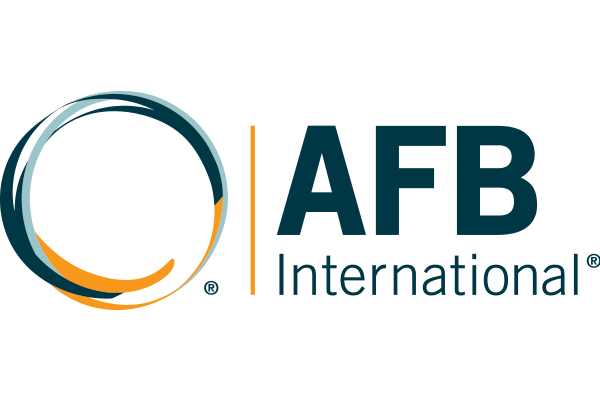Why attend Petfood Forum?
Petfood Forum is designed to empower pet food professionals by providing a 360-degree view of the industry. It’s the only event 100% dedicated to pet food. Petfood Forum is the leading conference and exhibition for education on the latest consumer trends and industry innovations. Attendees walk away with practical knowledge and strategies to navigate the evolving landscape of pet food processing, distribution, marketing and sales – ensuring they remain competitive in the dynamic pet food market.
For over 30 years, pet food professionals have attended Petfood Forum to develop careers, expand networks, discover new ideas and identify market opportunities. Register today to experience a fully focused, pet food industry-specific event!
Petfood Forum 2025 Sponsors
Connect with a highly engaged audience, expand your reach and make meaningful connections by partnering with Petfood Forum. No matter the budget our team can create a package that fits your goals.
Featured Announcements
Discover the next generation of pet food researchers and innovators
Student Program features student-led academic research presentations
Petfood Forum introduces Cvent app to enhance attendee experience
App focuses on a smoother, more interactive, and engaging experience.
PawsAbilities and Polk County Humane Society join Petfood Forum 2025
Two non-profit organizations to participate in the annual conference and exhibition








